Summary
The area is known for its largemouth bass, smallmouth bass, panfish, catfish, and trout.
In addition to fishing, there are plenty of nearby activities to enjoy including hiking, camping, and kayaking. The area is also home to scenic waterfalls and stunning mountain views.
For those looking to fish in Big Bend, it is recommended to bring a variety of lures and baits as the fish can be selective. Topwater lures, spinnerbaits, and jigs are all popular choices. It is also recommended to fish early in the morning or late in the evening when the water is cooler and the fish are more active.
The best time of year to visit Big Bend for fishing is in the spring and fall when the weather is cooler and the fish are more active. In the spring, the average temperature is around 70°F, and in the fall, the average temperature is around 60°F.
Overall, Big Bend is a great destination for anglers seeking a variety of fish species and outdoor activities. With its beautiful scenery and great fishing opportunities, it's a must-visit location for any fishing enthusiast.
Weather Forecast
Nearby Streamflow Levels
 Ocoee River At Copperhill
Ocoee River At Copperhill
|
259cfs |
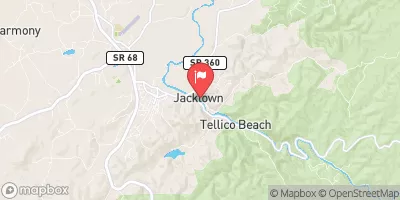 Tellico River At Tellico Plains
Tellico River At Tellico Plains
|
98cfs |
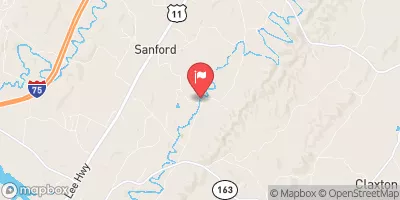 Oostanaula Creek Near Sanford
Oostanaula Creek Near Sanford
|
30cfs |
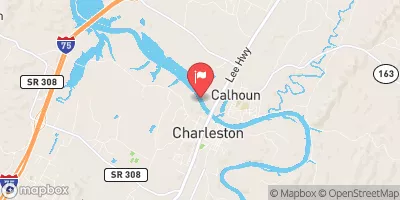 Hiwassee River At Charleston
Hiwassee River At Charleston
|
10400cfs |
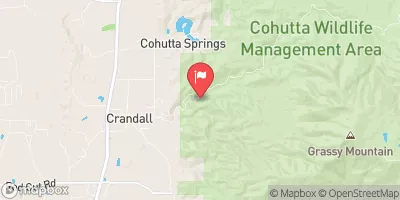 Mill Creek Near Crandall
Mill Creek Near Crandall
|
3cfs |
 Valley River At Tomotla
Valley River At Tomotla
|
108cfs |
Angling Safety Guidelines
Check local fishing rules, seasons, size limits, and license requirements to ensure legal and sustainable angling.
Handle Fish Responsibly
Use wet hands, minimize air exposure, and release fish gently to improve survival rates when practicing catch-and-release.
Choose the Right Gear
Match your rod, line, and tackle to the species and conditions to increase success and reduce unnecessary harm to fish.
Respect the Waterway
Avoid disturbing habitat, prevent bank erosion, and keep a safe distance from spawning areas to protect ecosystems.
Keep It Clean
Pack out all line, hooks, bait containers, and trash—discarded gear can injure wildlife and degrade waterways.
Related Links
Area Campgrounds
| Location | Reservations | Toilets |
|---|---|---|
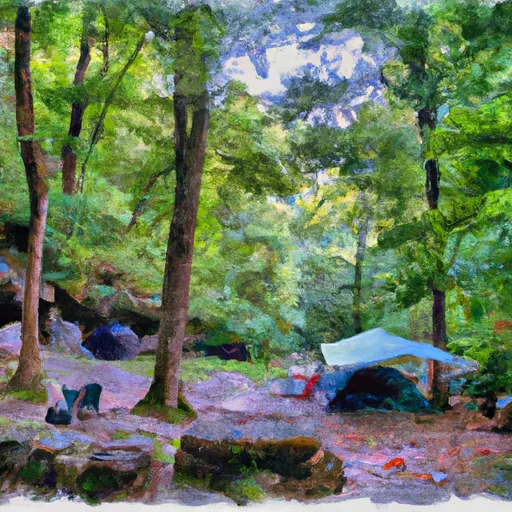 Big Lost Creek
Big Lost Creek
|
||
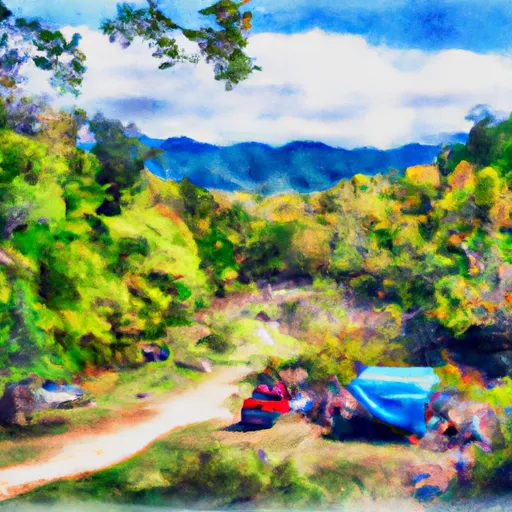 Lost Creek Campground
Lost Creek Campground
|
||
 Quinn Springs Rec Area
Quinn Springs Rec Area
|
||
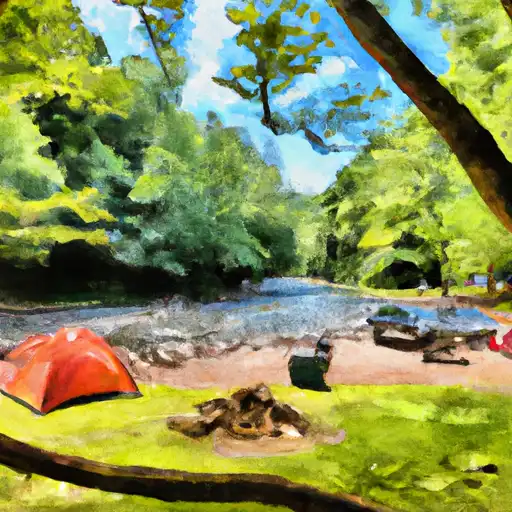 Gee Creek
Gee Creek
|
||
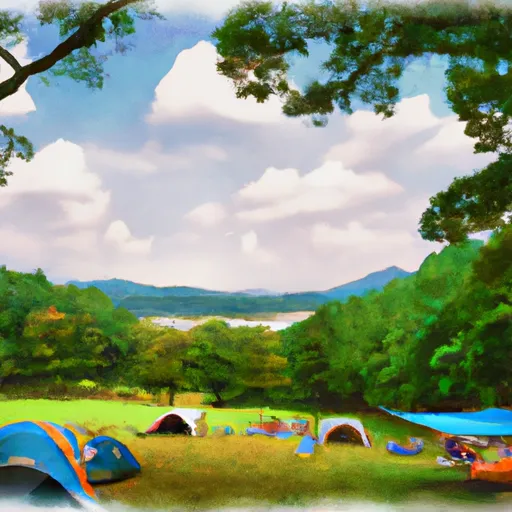 Parksville Lake Campground
Parksville Lake Campground
|
||
 Parksville
Parksville
|

 Childers Creek Trailhead
Childers Creek Trailhead
 Hiwassee River
Hiwassee River
 McKamy Lake
McKamy Lake
 Delano Mill Pond
Delano Mill Pond
 Towee Creek Launch
Towee Creek Launch